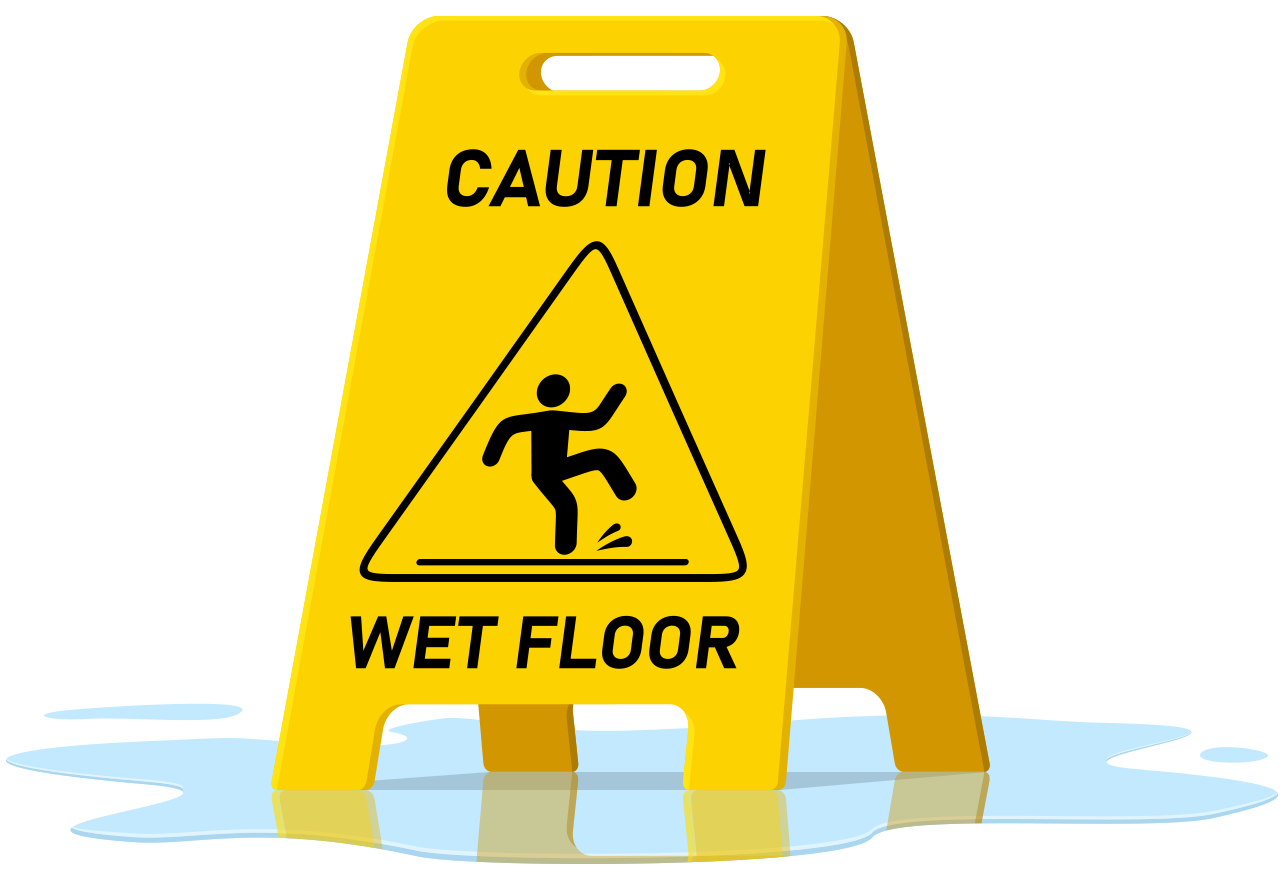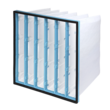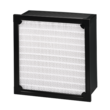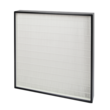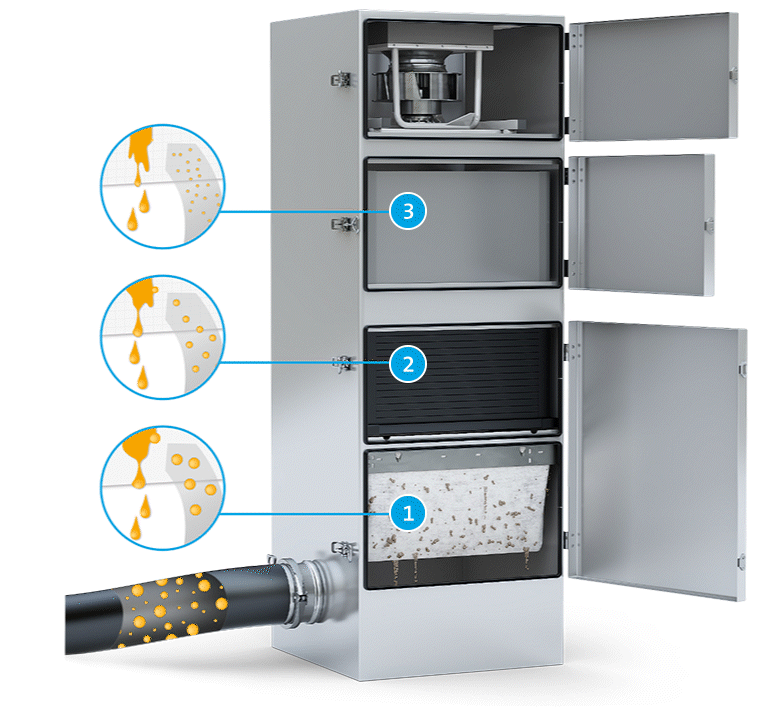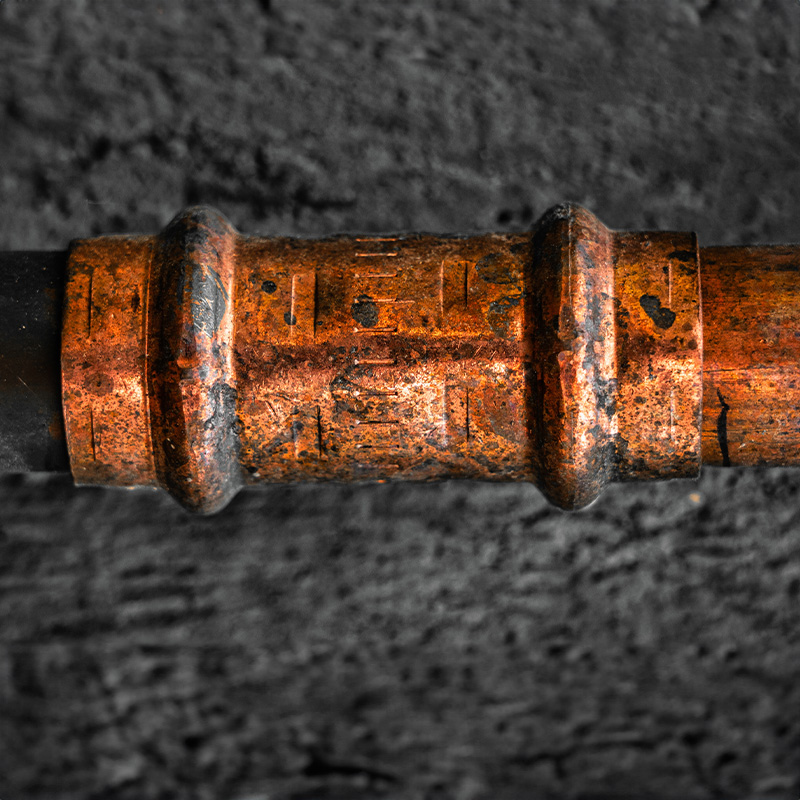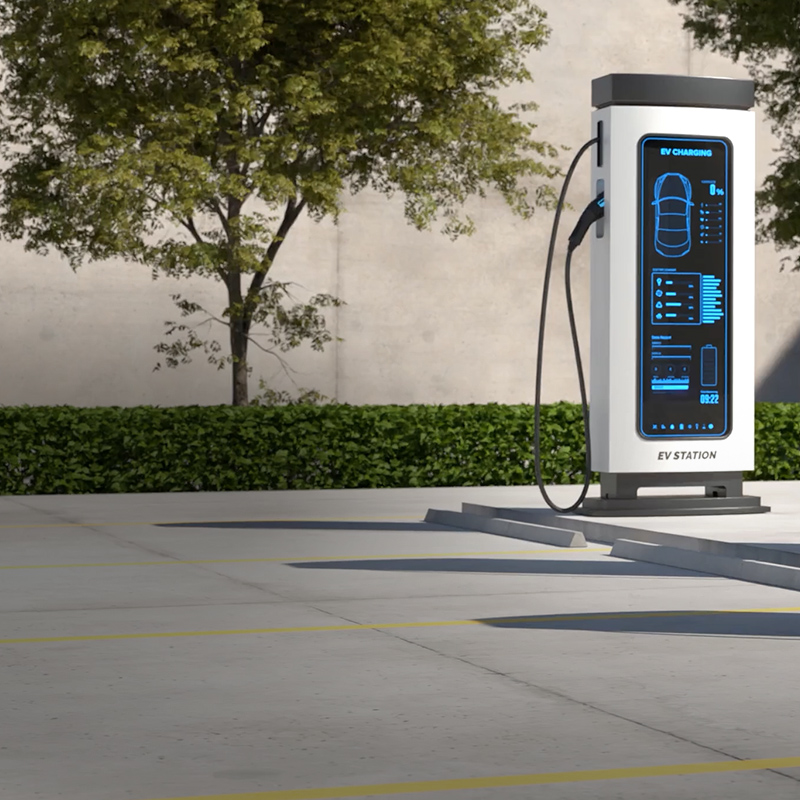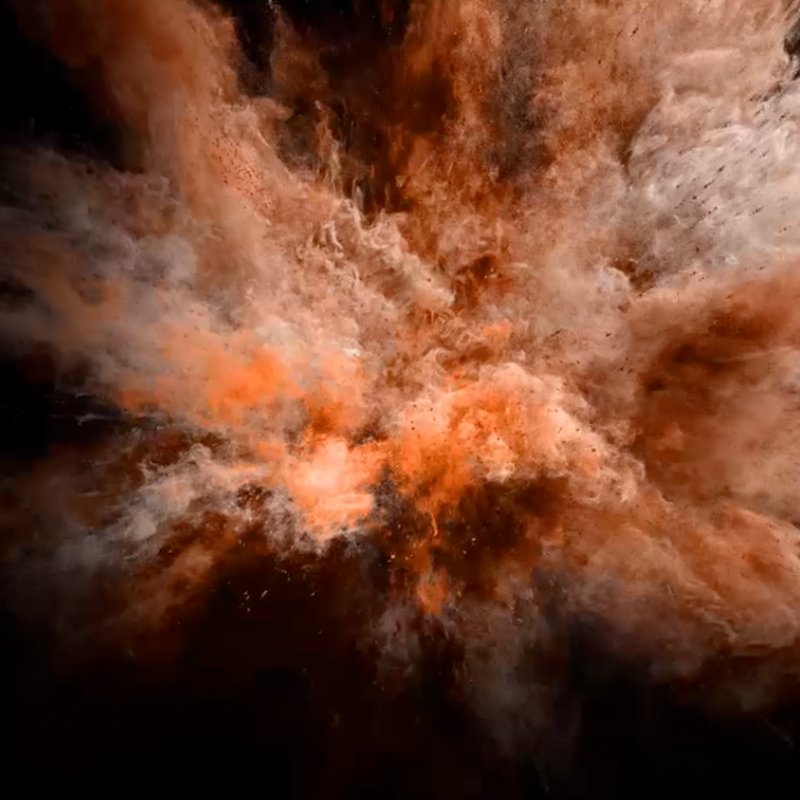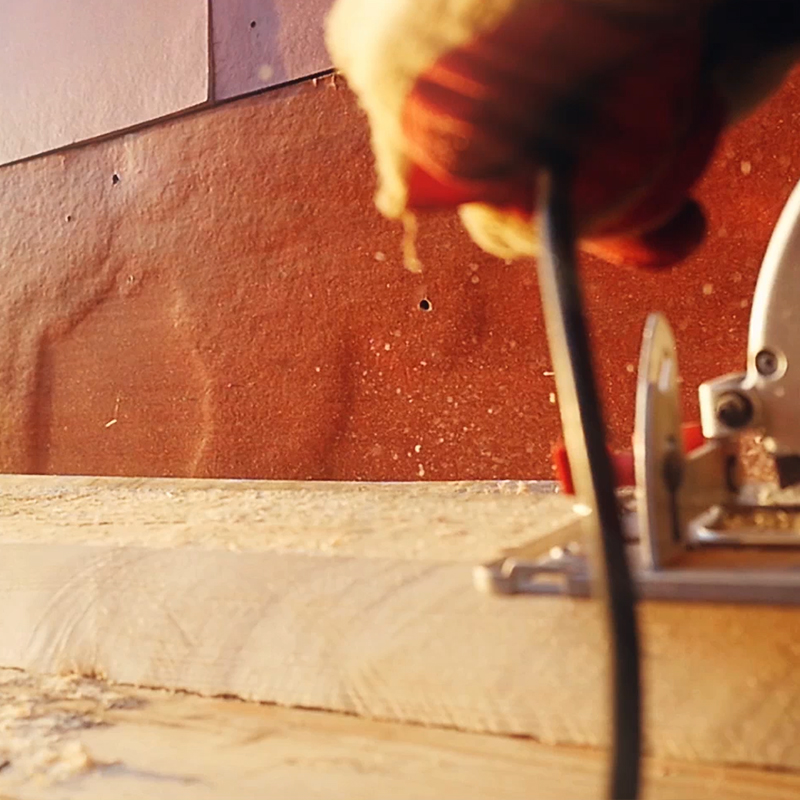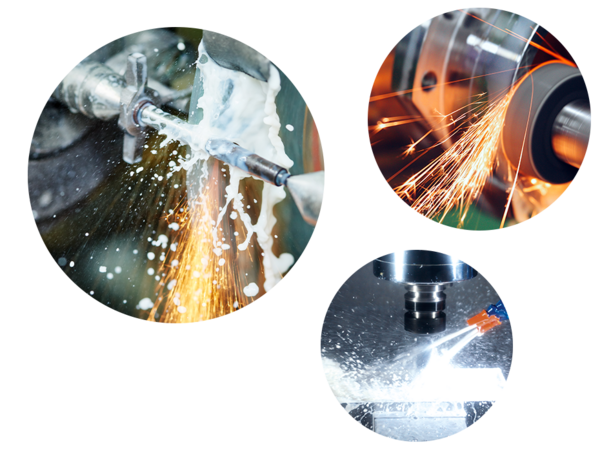
When the night shift begins and new staff come on shift at the metalworks, the machines have already been running the whole day.
They can tell by the feeling under their feet. Milling, turning, and grinding leaves behind metal shavings and dust as well as a fine sticky, oily layer on the ground and plant components.
This oil mist occurs wherever cooling lubricant is used to protect tools and materials from heat and ensure clean processing. High workpiece temperatures and the rotary momentum of the tools vaporizes cooling lubricant, creating tiny droplets. If the air is not effectively extracted and filtered, these droplets are dispersed throughout the working environment.
